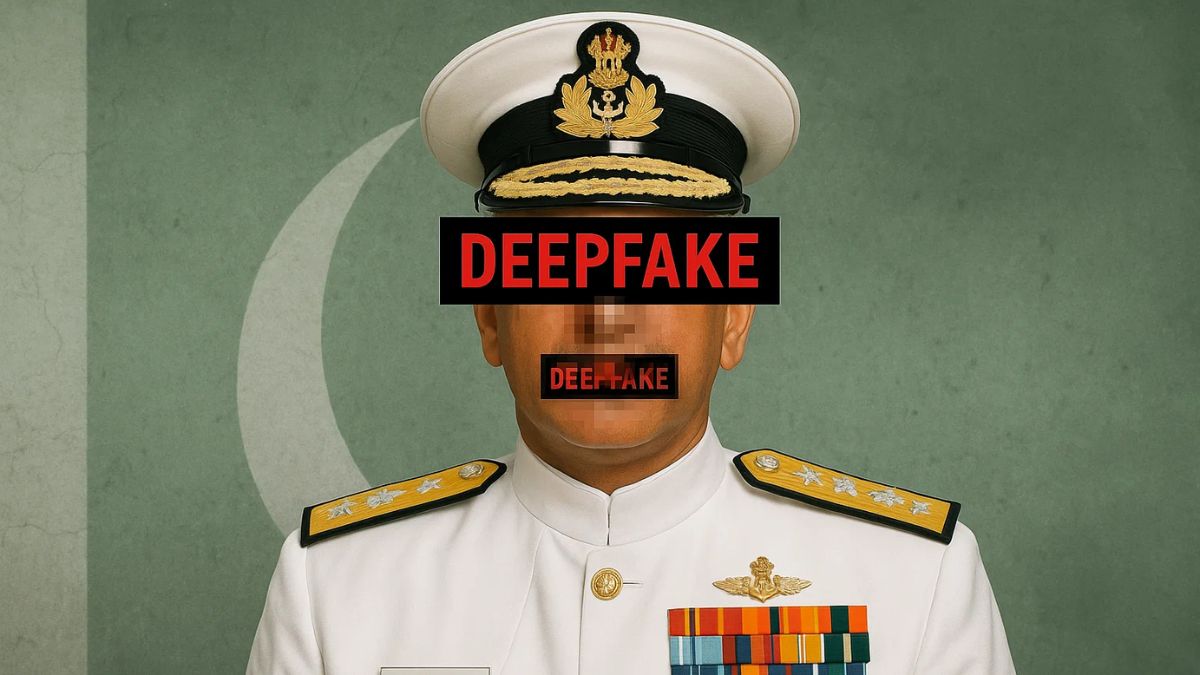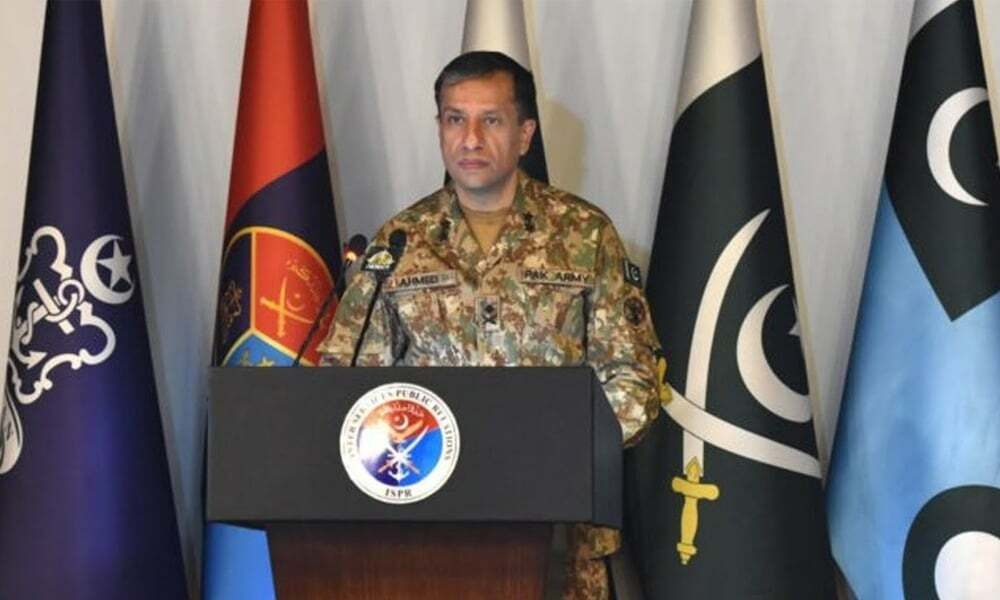Pahalgam Attack: LeT Proxy TRF Named in UNSC Report – When Did Terrorists Enter India From Pakistan?

In what could be viewed as a diplomatic win for India, a UNSC report has linked TRF to Pahalgam attack (Image Courtesy: RNA)
April 22, 2025 will always be remembered as the dark day, when Pakistani terrorists killed 26 innocent civilians at gunpoint. The responsibility for the deadly attack was claimed by The Resistance Front (TRF), a Lashkar-e-Tayyiba (LeT) front and proxy, which the US designated as a Foreign Terrorist Organization (FTO) a few days back.
Now, in another major diplomatic win for India, TRF has been named in a UN Security Council (UNSC) report monitoring sanctions on terror outfits for its role in the April 22 Pahalgam attack. It is worth mentioning here that this is the first mention of Lashkar-e-Tayyiba in the report since 2019.
TRF, a Lashkar-e-Tayyiba (LeT) front and proxy, claimed responsibility for the Pahalgam attack which killed 26 civilians. This was the deadliest attack on civilians in India since the 2008 Mumbai attacks conducted by LeT. TRF has also claimed responsibility for several attacks against Indian security forces, including most recently in 2024.
Why UNSC’s mention of TRF in its report matters?
The terrorist organisation has been named in a recent Monitoring Team’s report under the UN Security Council 1267 Sanctions Committee. This development is of significance as it is the first mention of TRF in a UN document. Several multi-party political delegations were sent by India post Operation Sindoor.
With this, India had also reached out to most of the UNSC member countries, both permanent and non-permanent members. TRF’s mention in the UN document now could boost India’s diplomatic offensive against Pakistan-backed cross-border terrorism.
What did the UNSC report say?
“On 22 April, five terrorists attacked a tourist spot in Pahalgam, in Jammu and Kashmir. Twenty-six civilians were killed. The attack was claimed that same day by The Resistance Front (TRF), who in parallel published a photograph of the attack site,” the report said.
“The claim of responsibility was repeated the following day. On 26 April, however, TRF retracted its claim. There was no further communication from TRF, and no other group claimed responsibility. Regional relations remain fragile. There is a risk that terrorist groups may exploit these regional tensions,” it added.
Further, without naming specific countries, The UNSC report noted that one UN member state said the attack “could not have happened without Lashkar-e-Tayyiba (LeT) support, and that there was a relationship between LeT and TRF”, while another member state said the “attack was carried out by TRF, which was synonymous with LeT”.
When did Pahalgam attack terrorists enter India?
Killed by the security forces in an encounter on Monday (July 28), the 3 Pakistani terrorists involved in the April 22 Pahalgam terror attack got caught because of the use of “ultra high frequency wireless sets”, which they used to communicate with other operatives and their aides across the border.
Launched in the early hours on Monday, security forces initiated ‘Operation Mahadev’ to crack down on terrorists, acting on intelligence inputs. Indian Army and J&K Police, in the joint operation, killed 3 terrorists in an encounter that was planned meticulously for several days before execution.
A report in The Hindu suggests that these terrorists likely entered India from Pakistan around 3 years ago and since 2021, around 20 to 25 hardened militants are likely to have infiltrated into Jammu and Kashmir.







